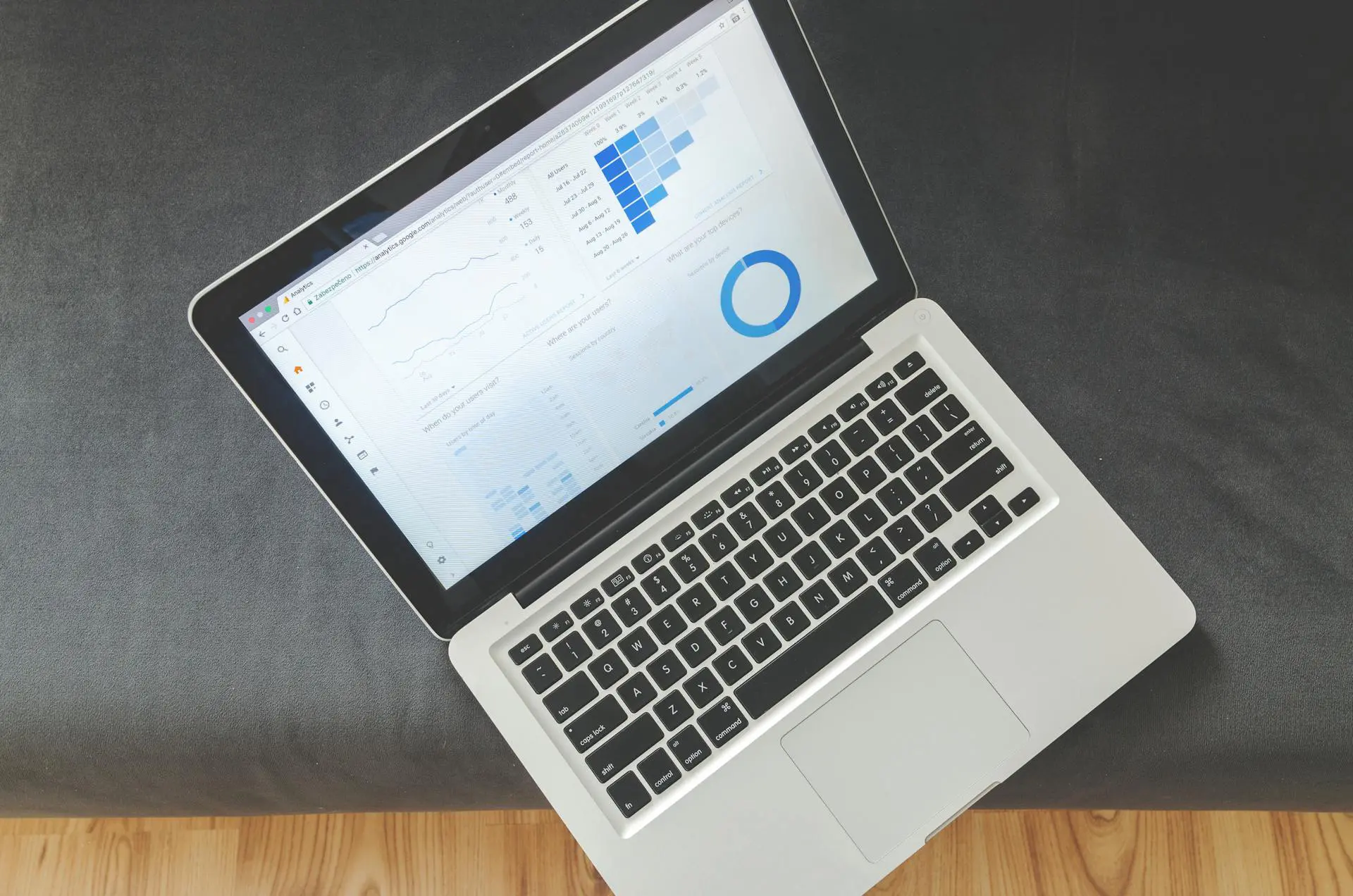By Scott Moore, Director of Presales, Semarchy
In an unpredictable market, businesses constantly seek out methods to maintain stability and growth. One such method revolves around the concept of Materials Master Data Management (MDM). This strategy involves creating and maintaining a single, authoritative source of truth for a company’s information assets.
Learn more: What is Master Data Management?
What is Materials Master Data Management?
Materials MDM is the fundamental reference data that describes key dimensions of business such as products, materials, vendors, customers, and more. It is considered the backbone of any Enterprise Resource Planning (ERP) system used in distribution or manufacturing functions.
The significance of materials MDM is apparent in the way it eradicates data redundancy. By integrating all material data into a single database, various departments and applications can access reliable data, optimized for their specific needs. This includes areas such as services master data management, accounting, materials planning and control, purchasing, engineering, warehousing, forecasting, and sales and distribution.
The result? Accurate, granular data encapsulation.
Getting Started with Materials Master Data Management
Implementing Materials MDM requires a clear understanding of your business needs and processes. It involves defining your data management strategy, selecting the right MDM solutions, setting up your governance structures, and training your staff to effectively manage and use the data.
There are various solutions available in the market to handle materials MDM during organizational mergers, process improvement, and ERP implementation. These solutions help unlock the hidden potential of your materials master data, giving additional optimization opportunities.
Artificial Intelligence (AI) has a significant and growing role in the field of material master data management. AI-driven tools and domain-specific knowledge base are capable of classifying, de-duplicating, enriching, and managing master data. The result is a system that learns and gets better over time, providing businesses with more accurate and reliable data.
Post-data cleansing, it is crucial to establish ongoing data governance and stewardship, including using specialised data governance software. This ensures the continued accuracy and reliability of the data, restricting corrupt data from entering your system.
Overcoming Challenges in Materials Master Data Management
Master data within an enterprise is often segmented by domain. These domains may include customers, suppliers, assets, finance, employees, materials and products, among others. It is important to
understand that each domain has its unique identity.
The materials domain is considered one of the most challenging among all master data domains. It has the greatest number of stakeholders, users, views, and data elements. Therefore, it requires robust governance to ensure data and process integrity.
Adopting best practices in Materials MDM can save businesses from potential pitfalls and ensure that their master data is accurate, reliable, and beneficial to their operations. These practices include setting up clear governance structures, defining data ownership, and regularly reviewing and updating materials master data.
The Future of Materials Master Data Management
With advancements in AI and other technologies, the future of Materials MDM looks promising. Automated tools and AI-driven solutions will continue to evolve, providing businesses with more accurate, reliable, and actionable data.
In conclusion, Materials MDM is an essential strategy for any business looking to optimize its operations and drive growth. By implementing effective Materials MDM practices and solutions, businesses can ensure that their master data is a valuable asset, rather than a liability.
If you’d like to see how Materials Master Data Management software can transform your business in as little as 12 weeks, click here to speak with an expert.
Share this post
Featured Resources
No featured post selected.






















































